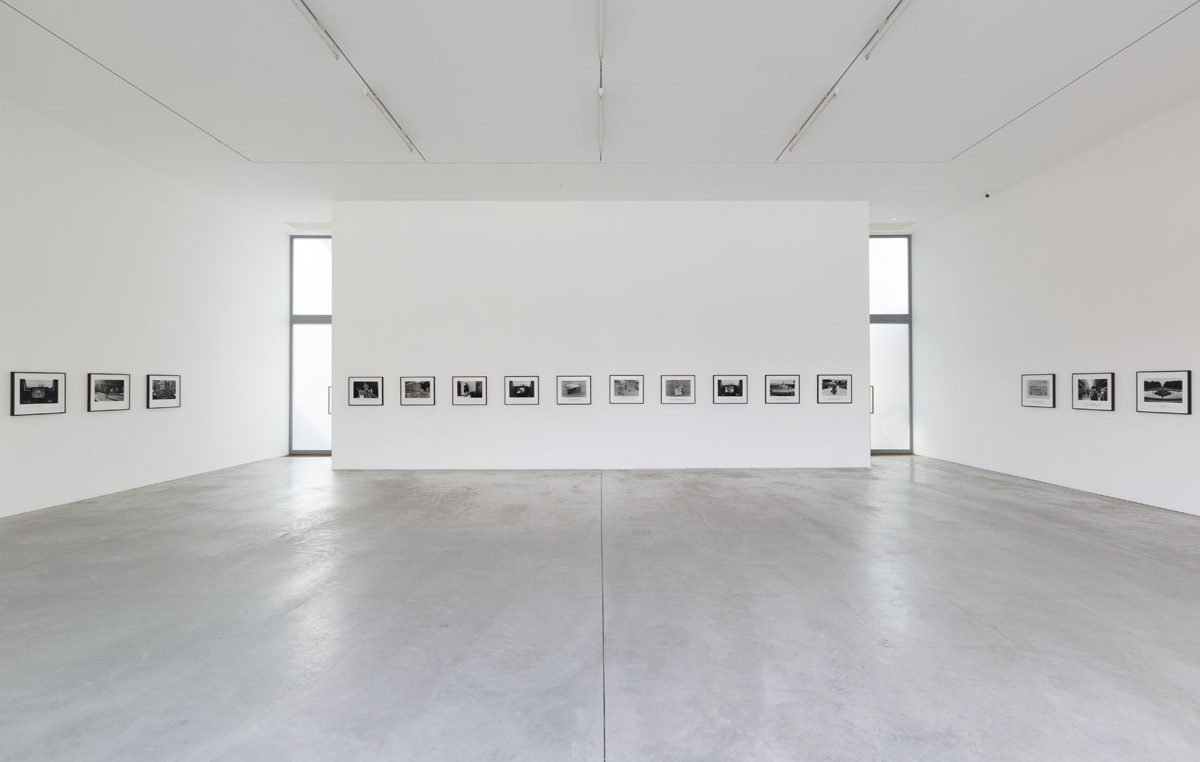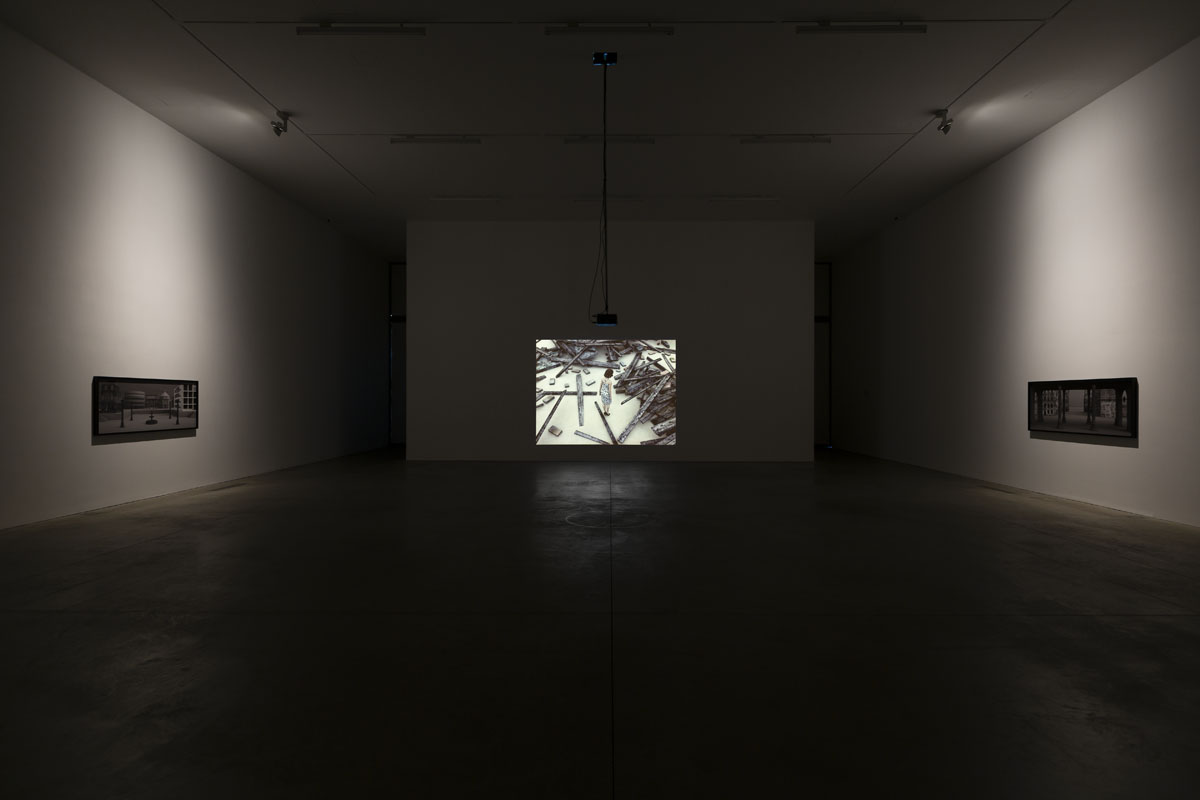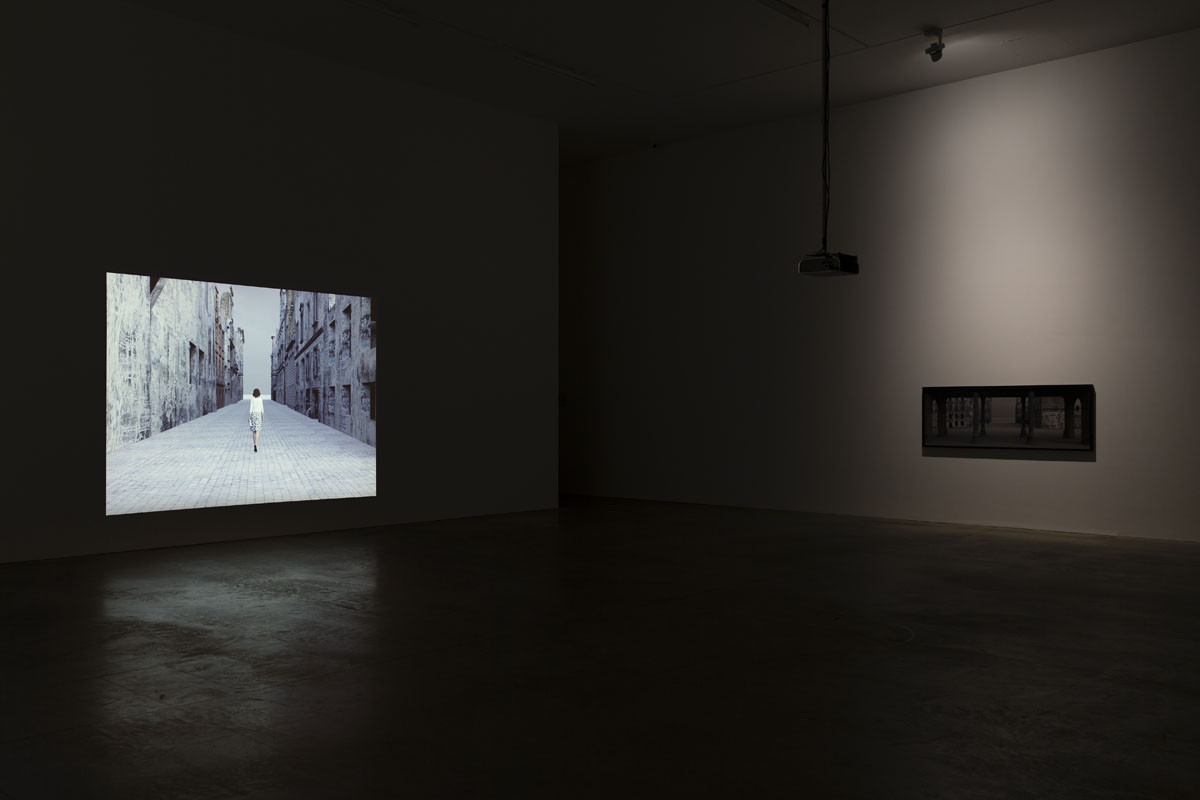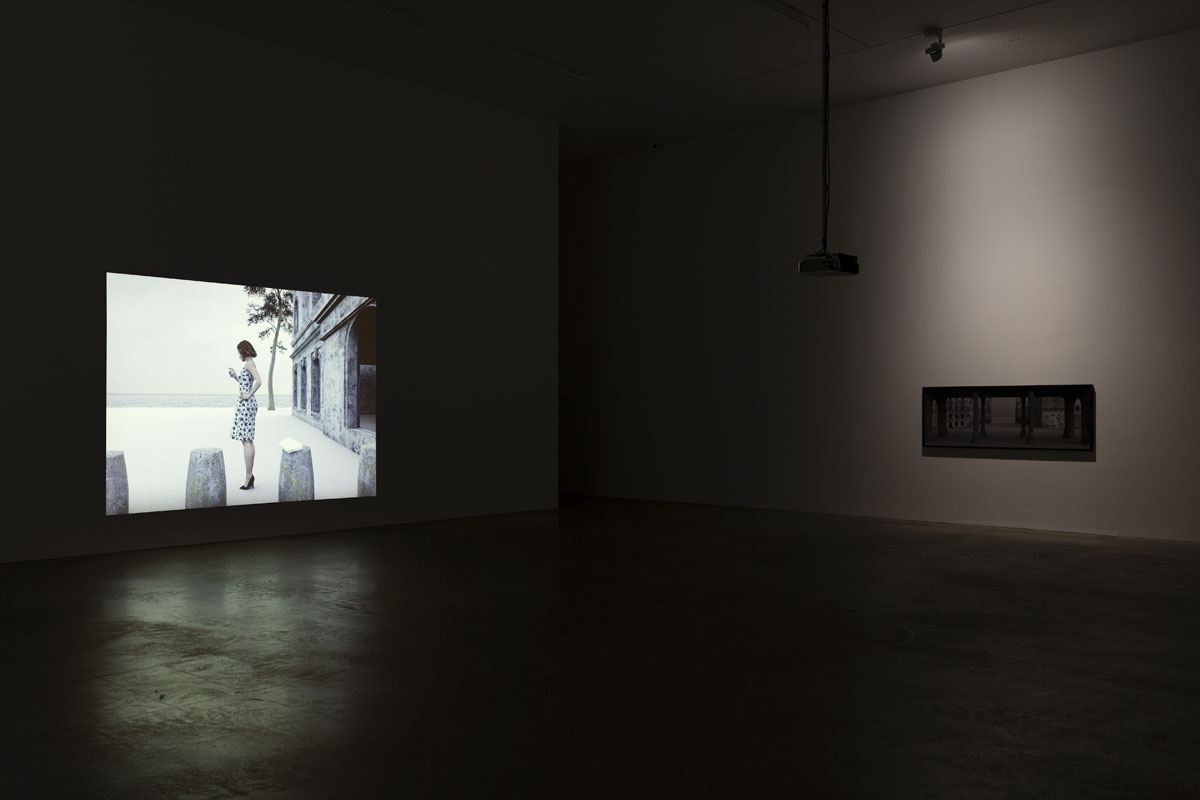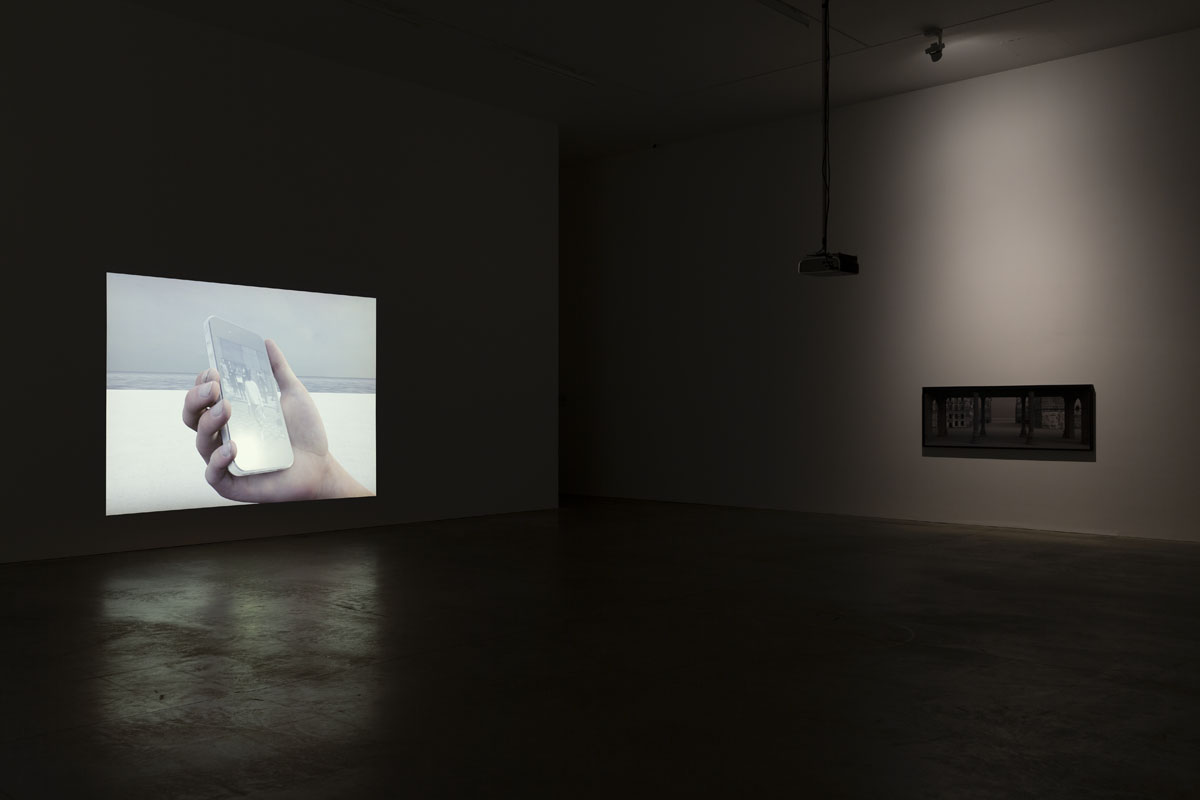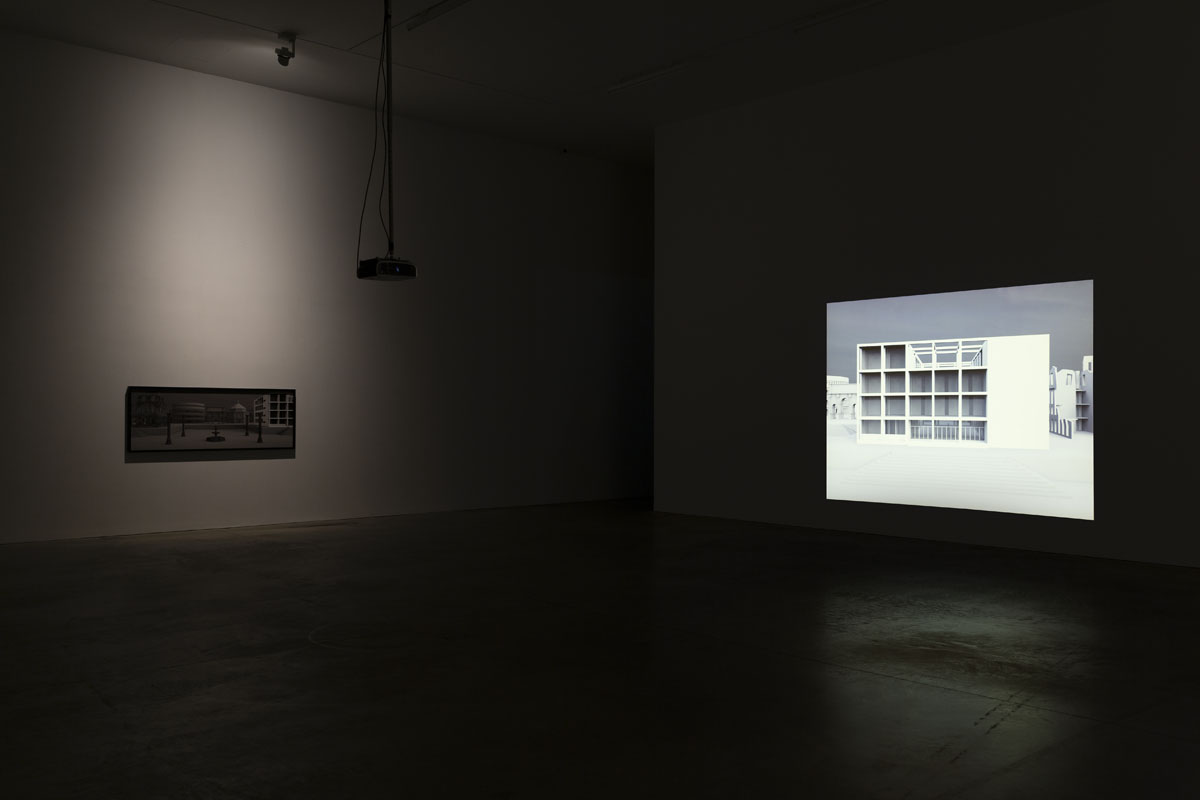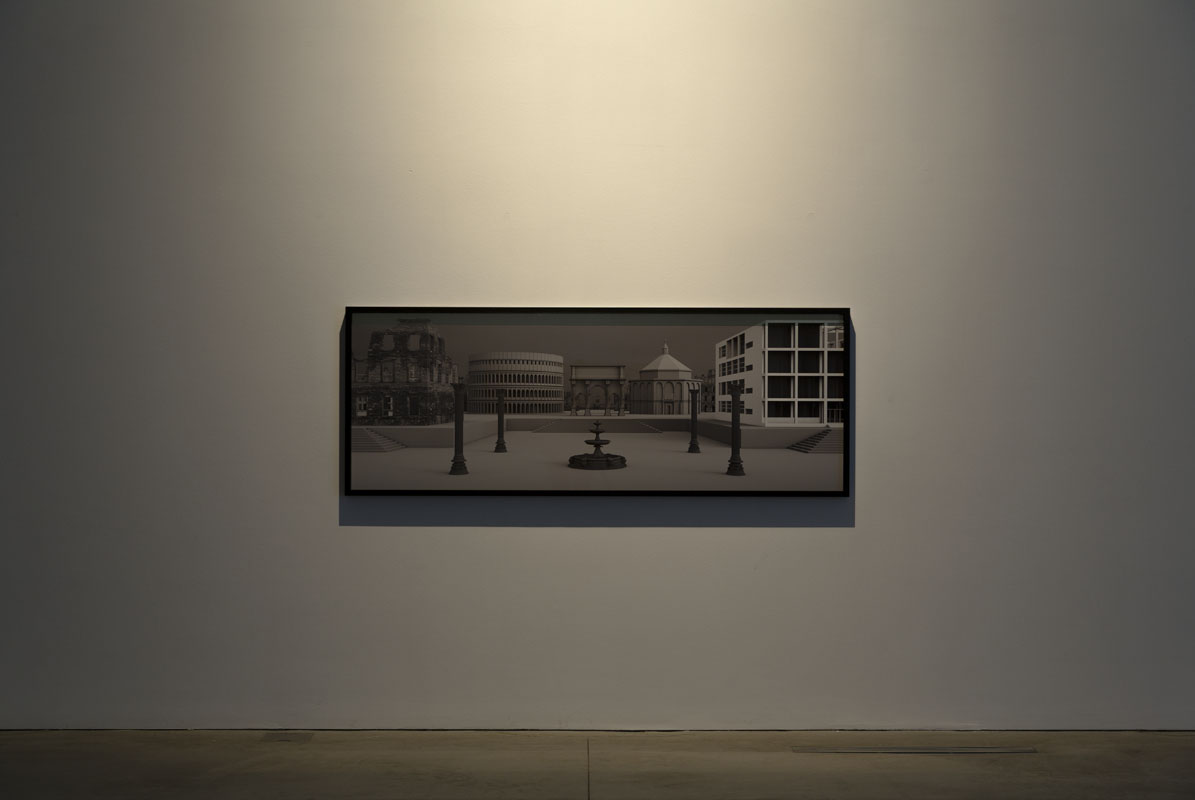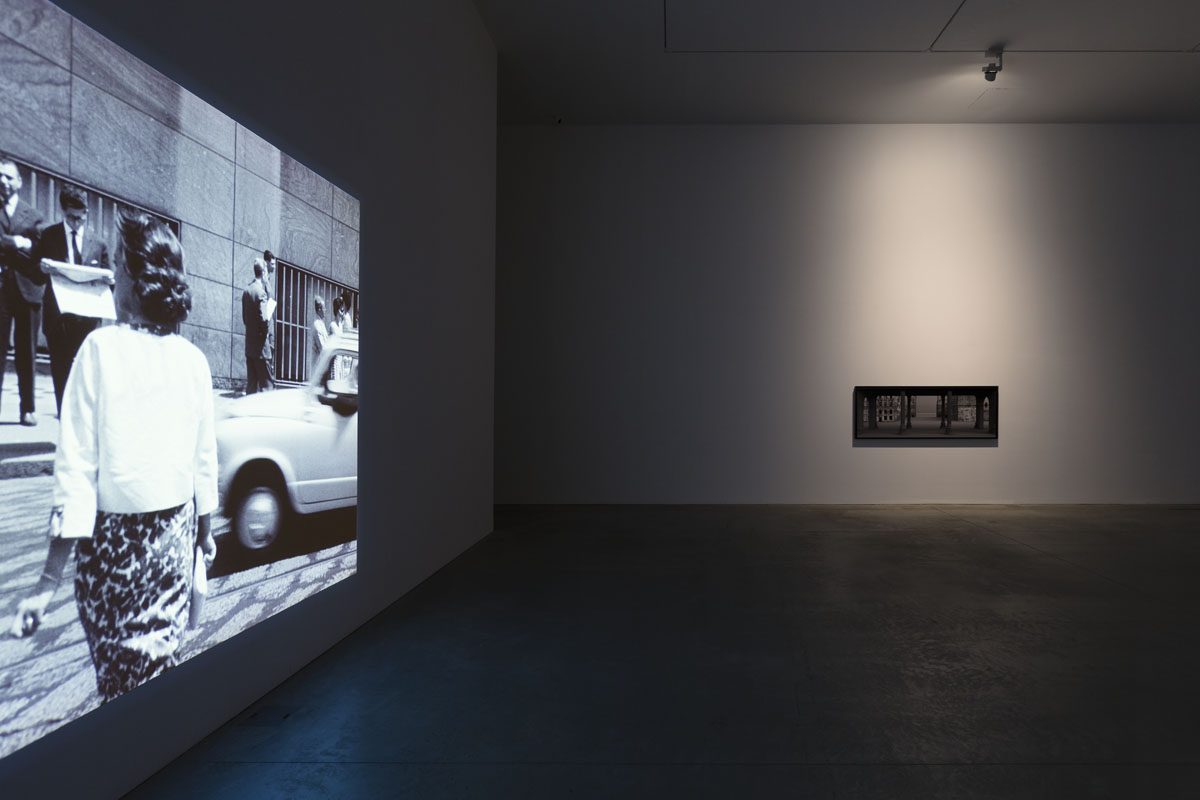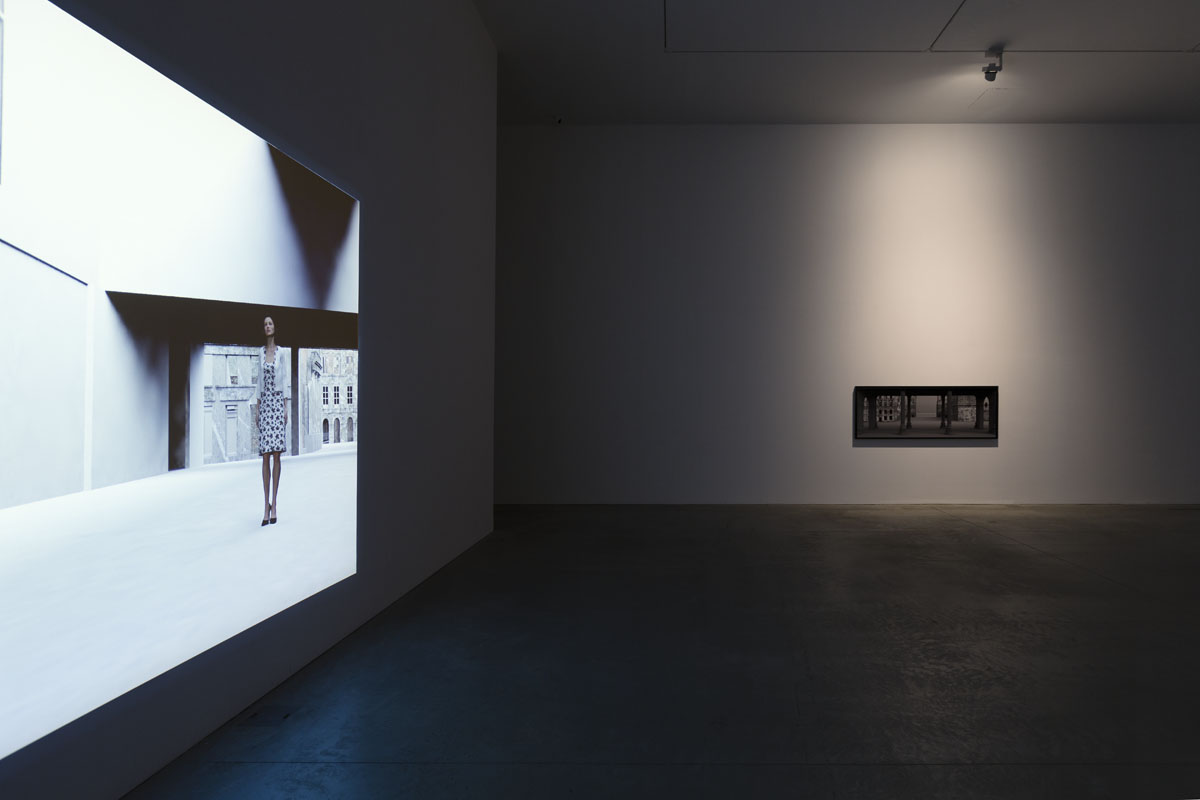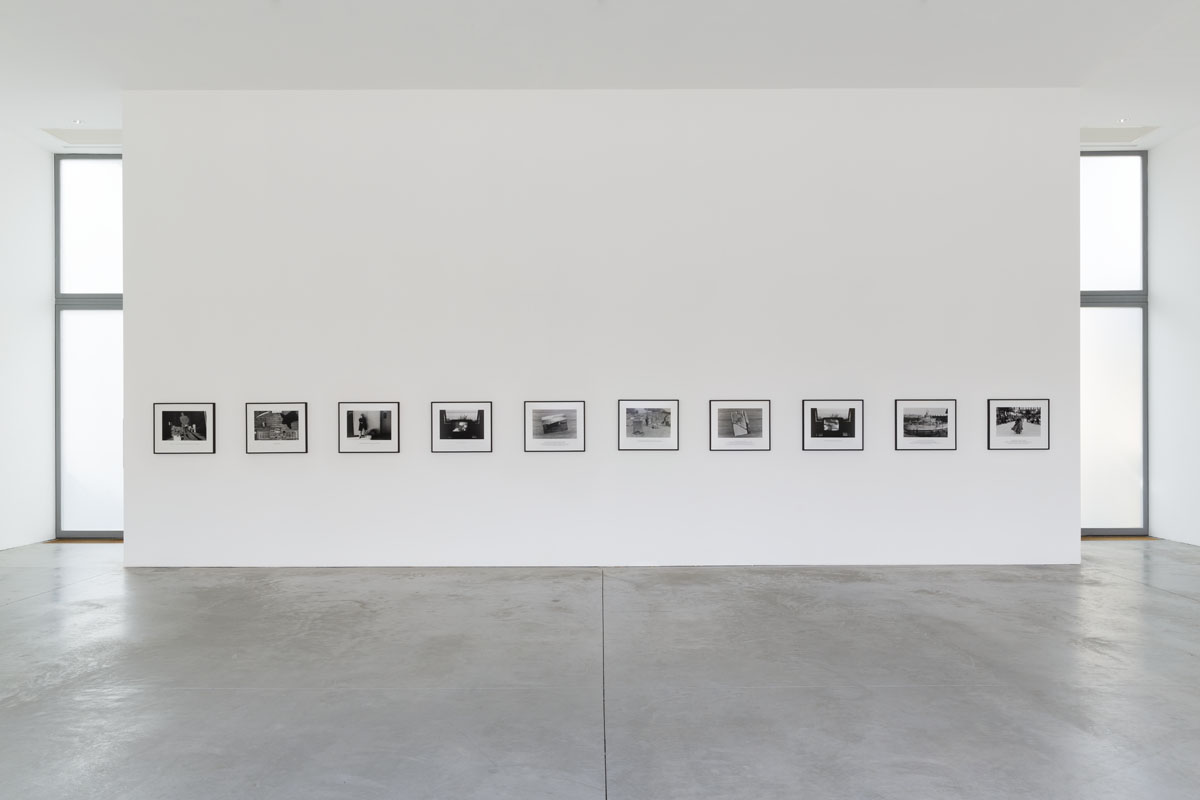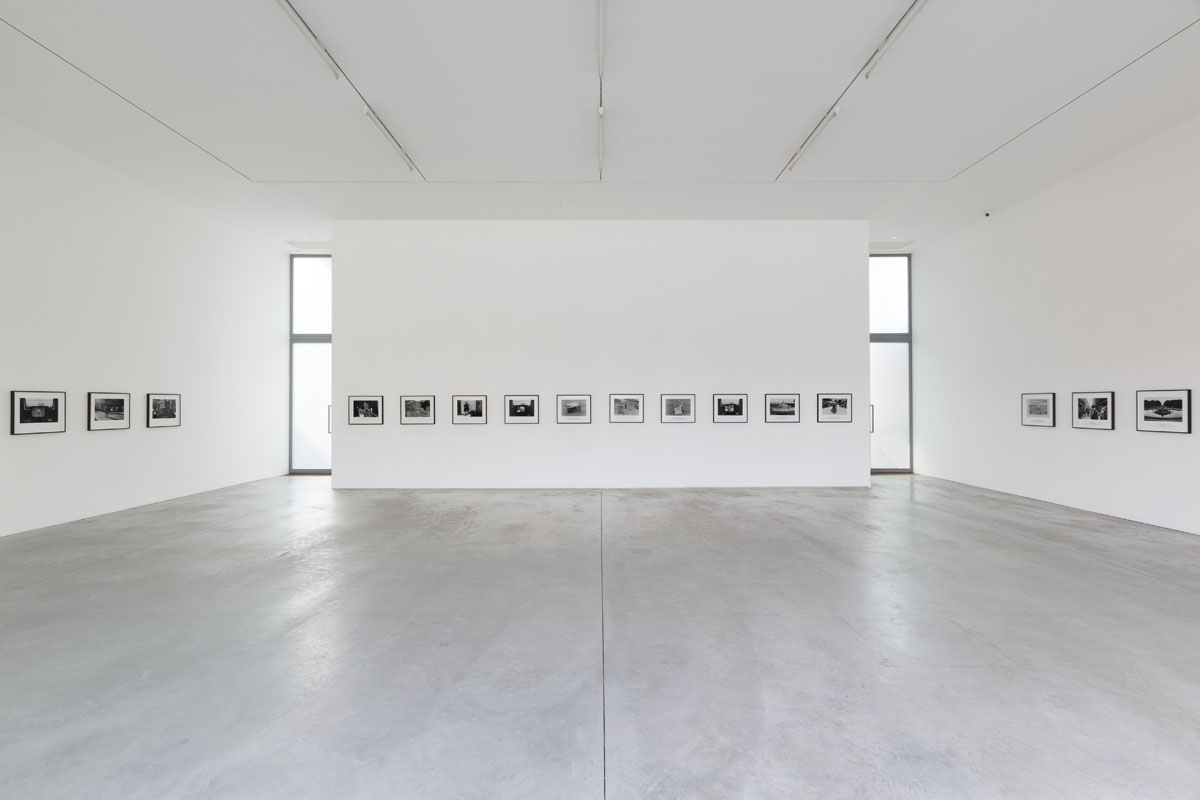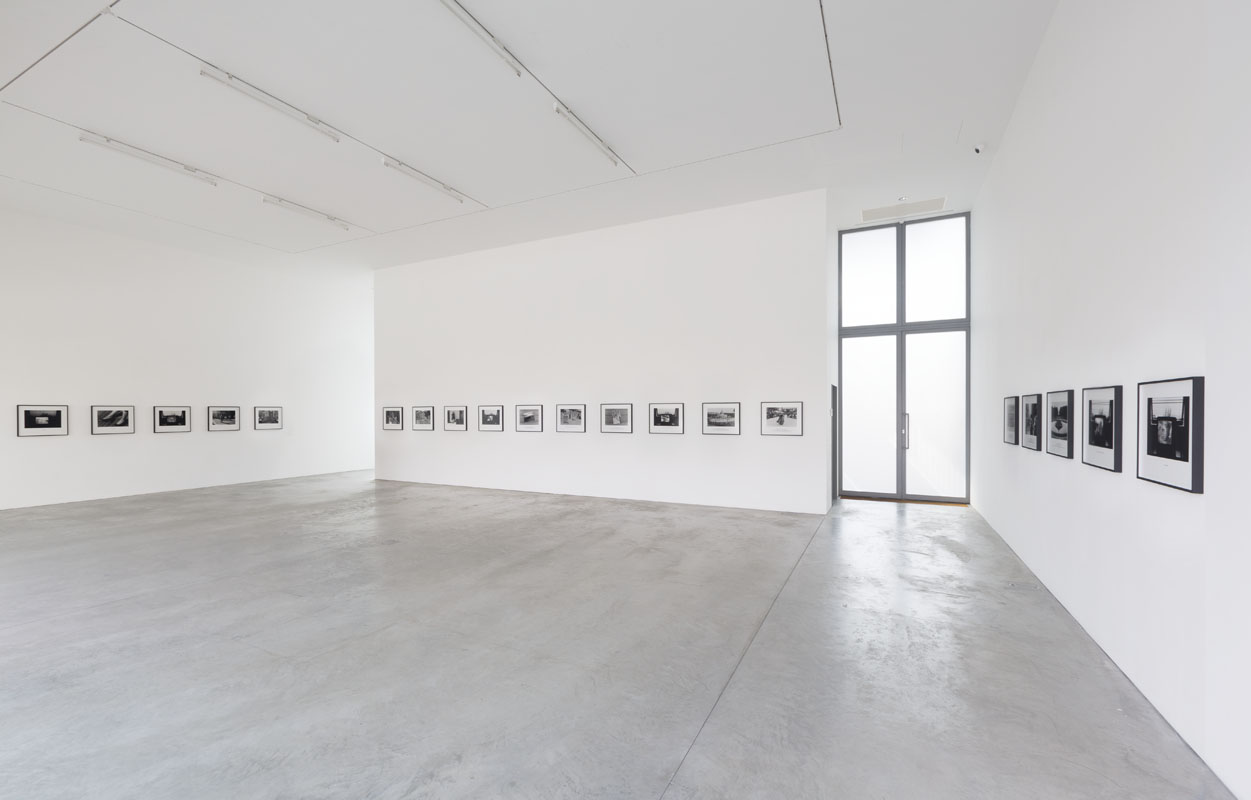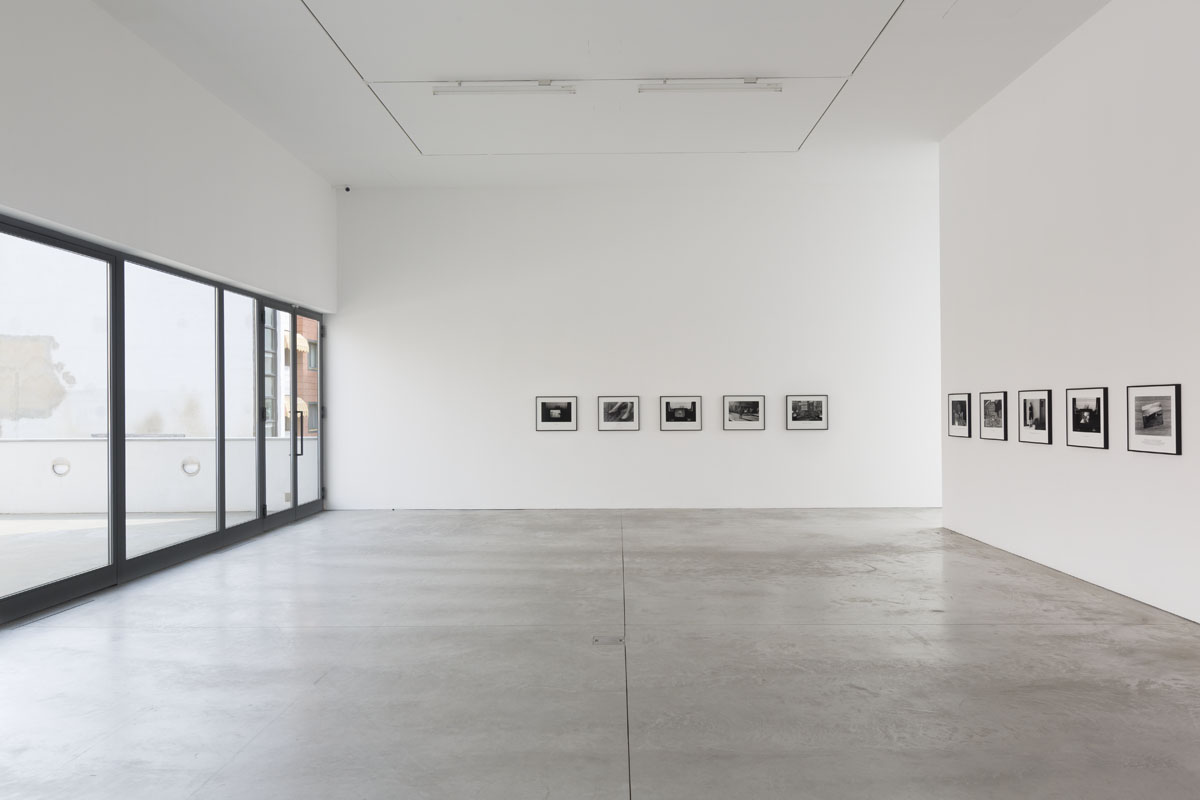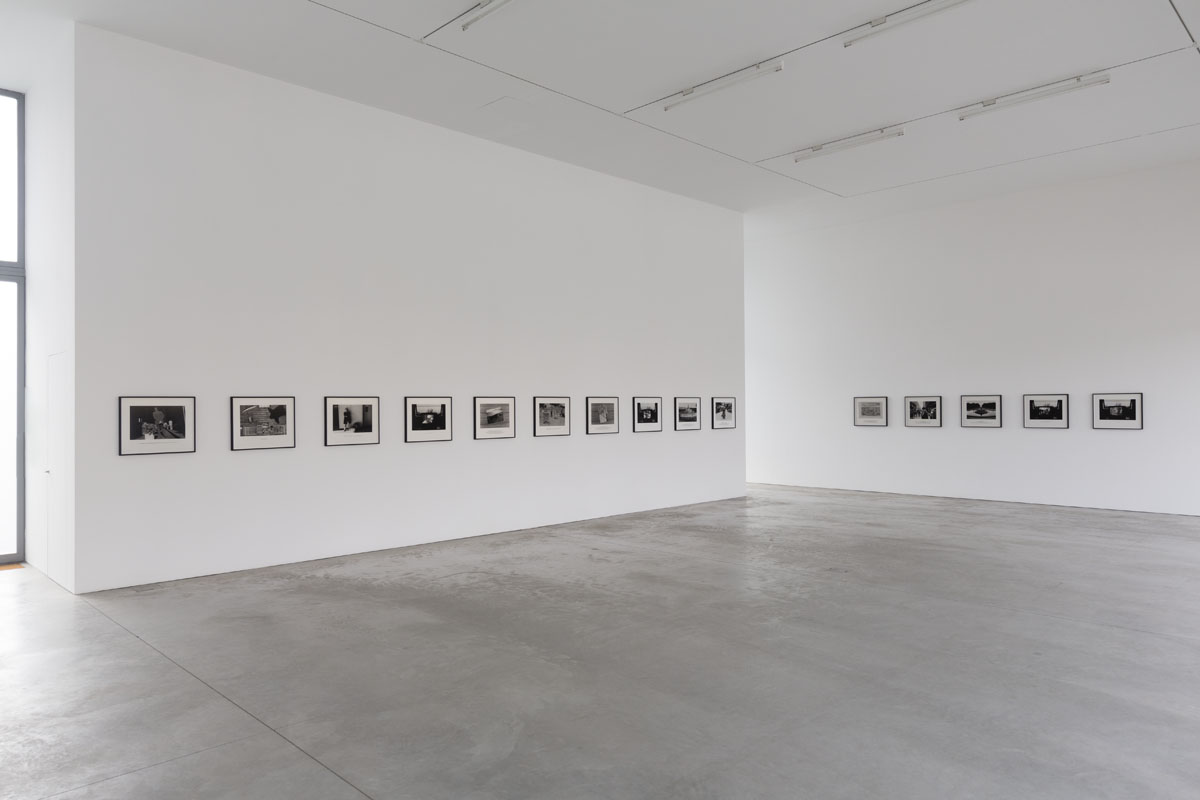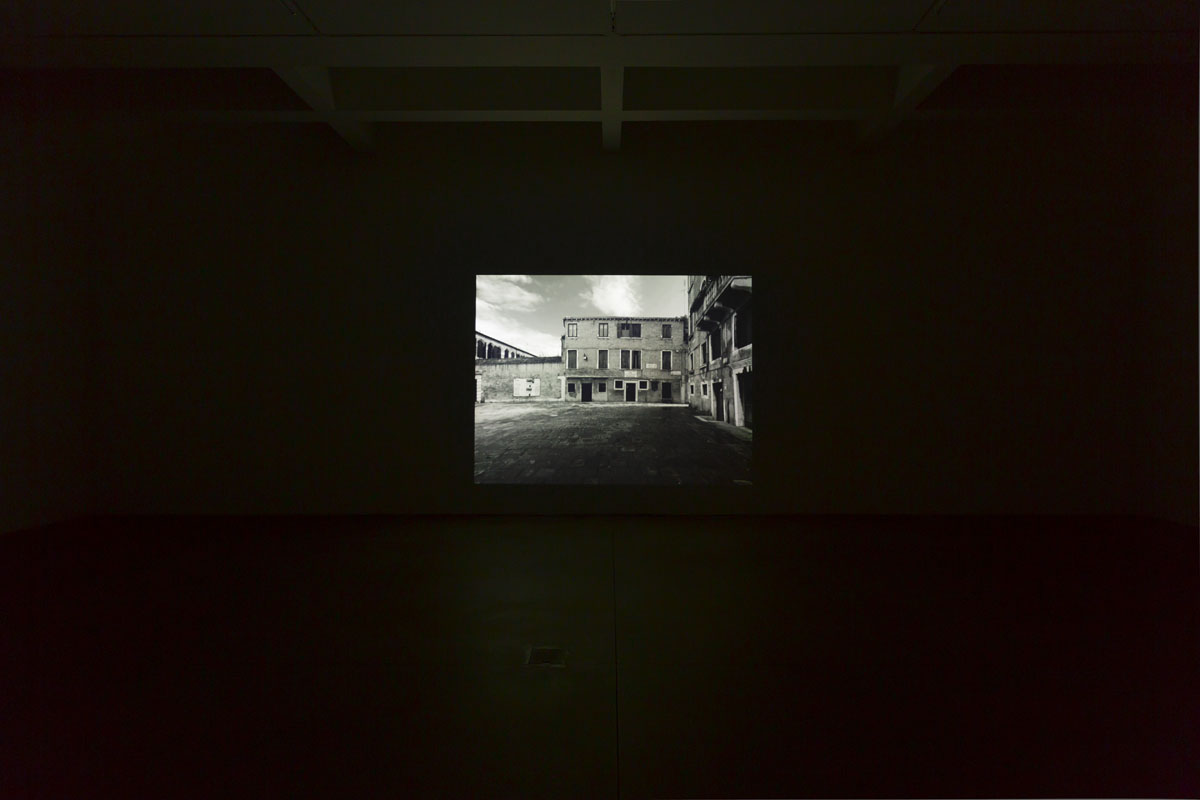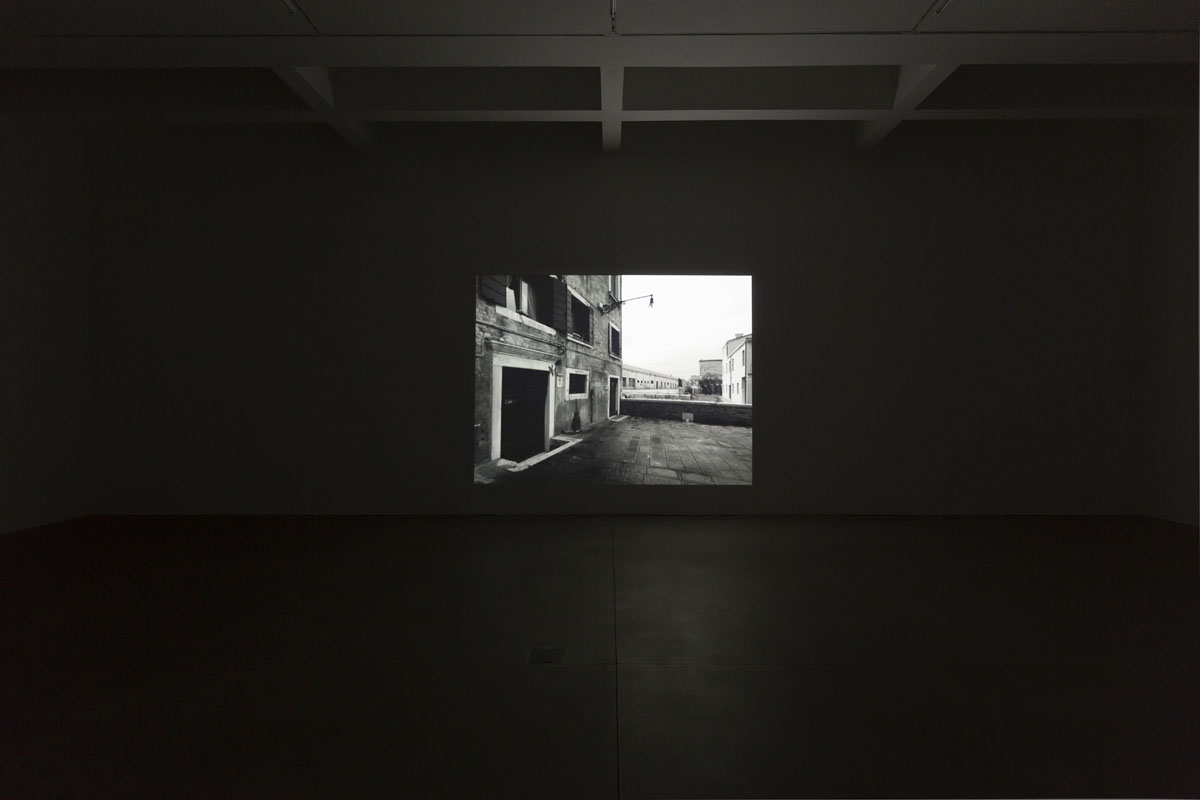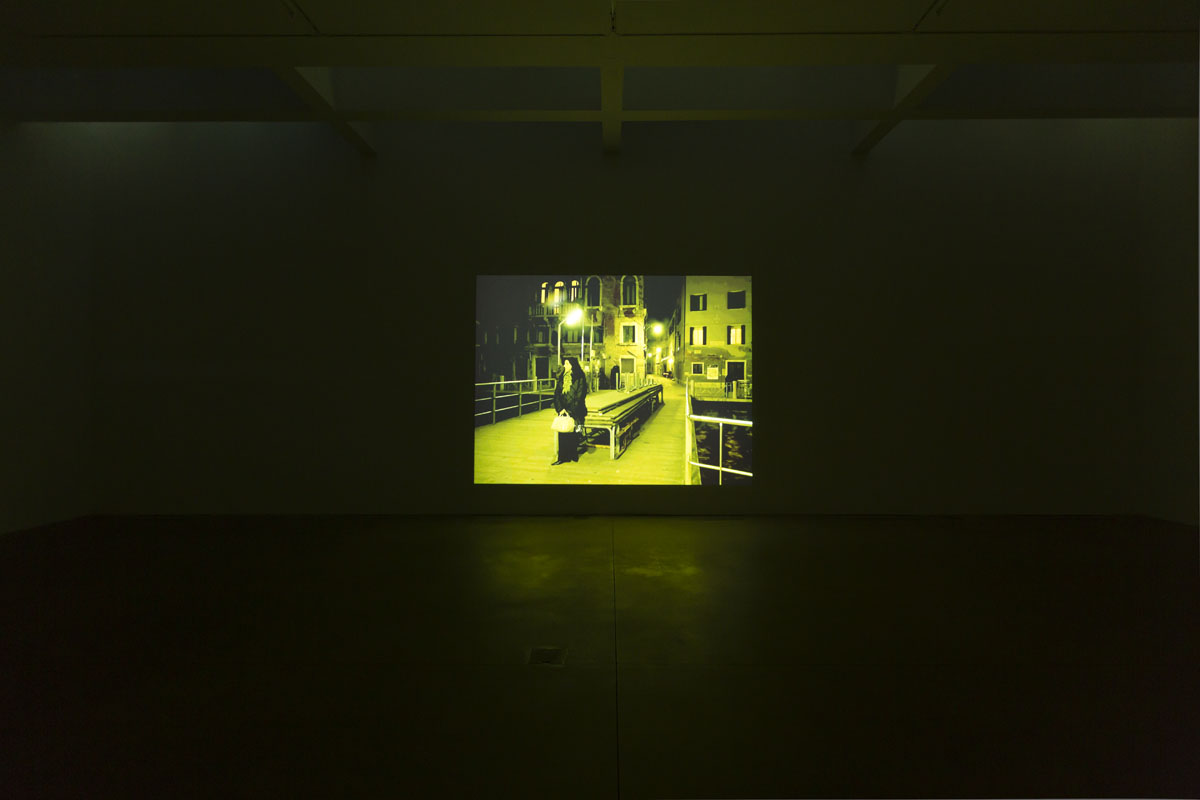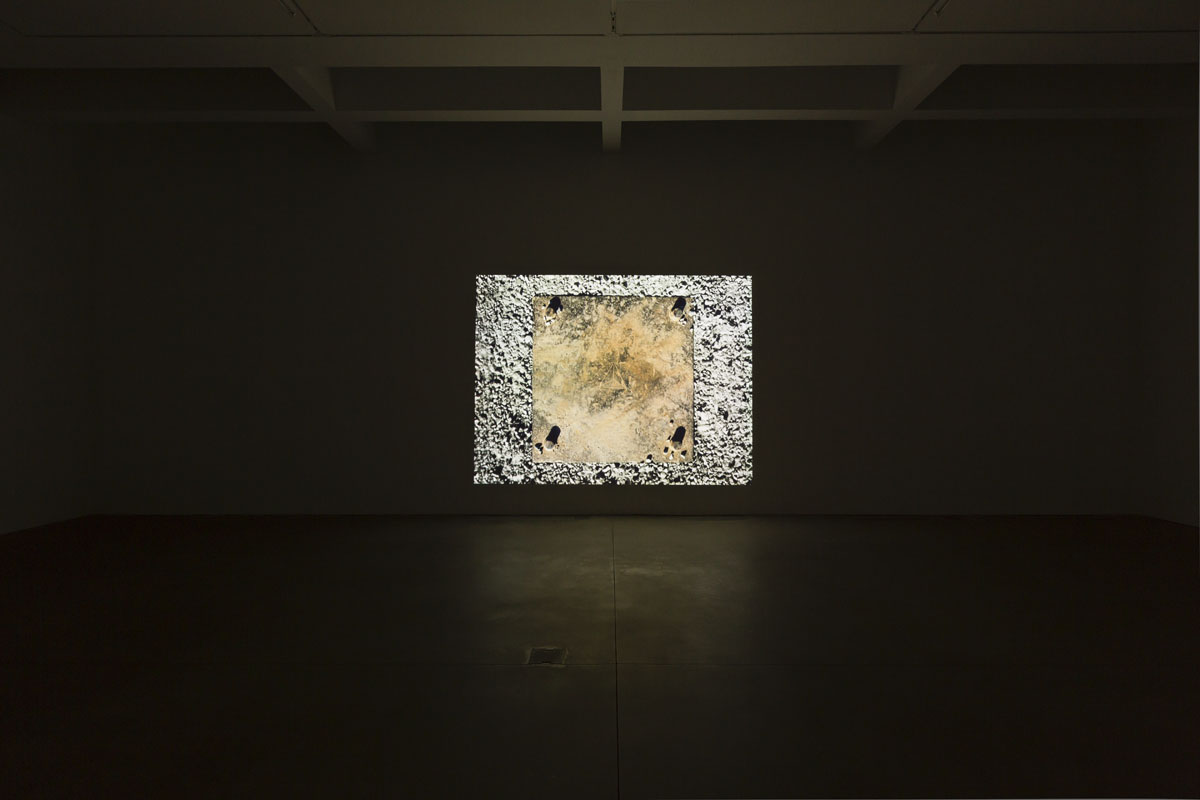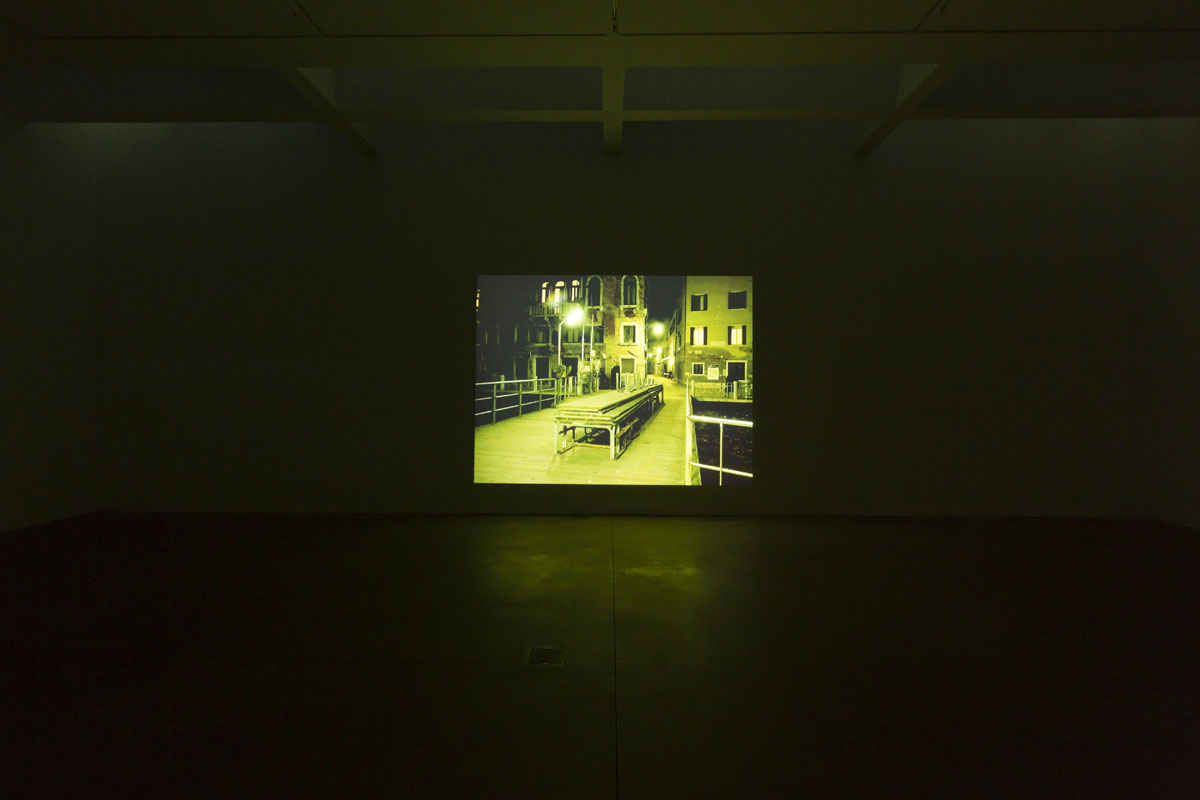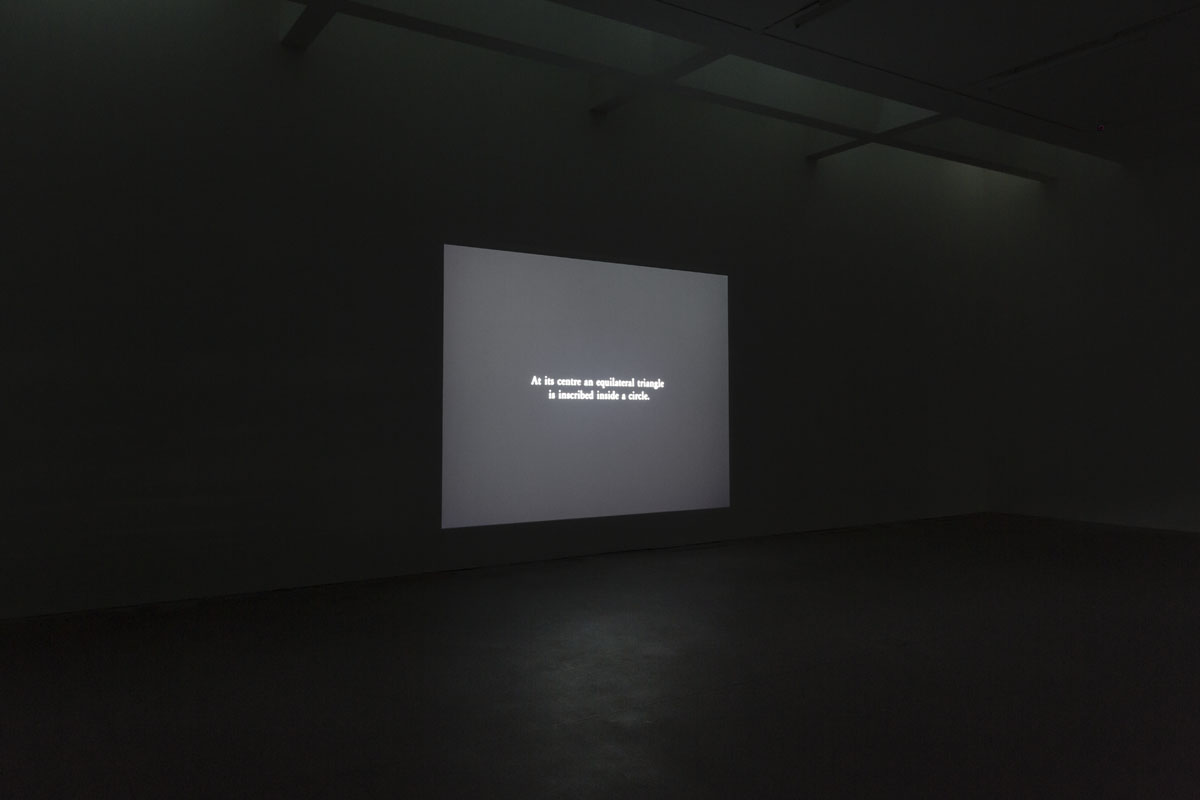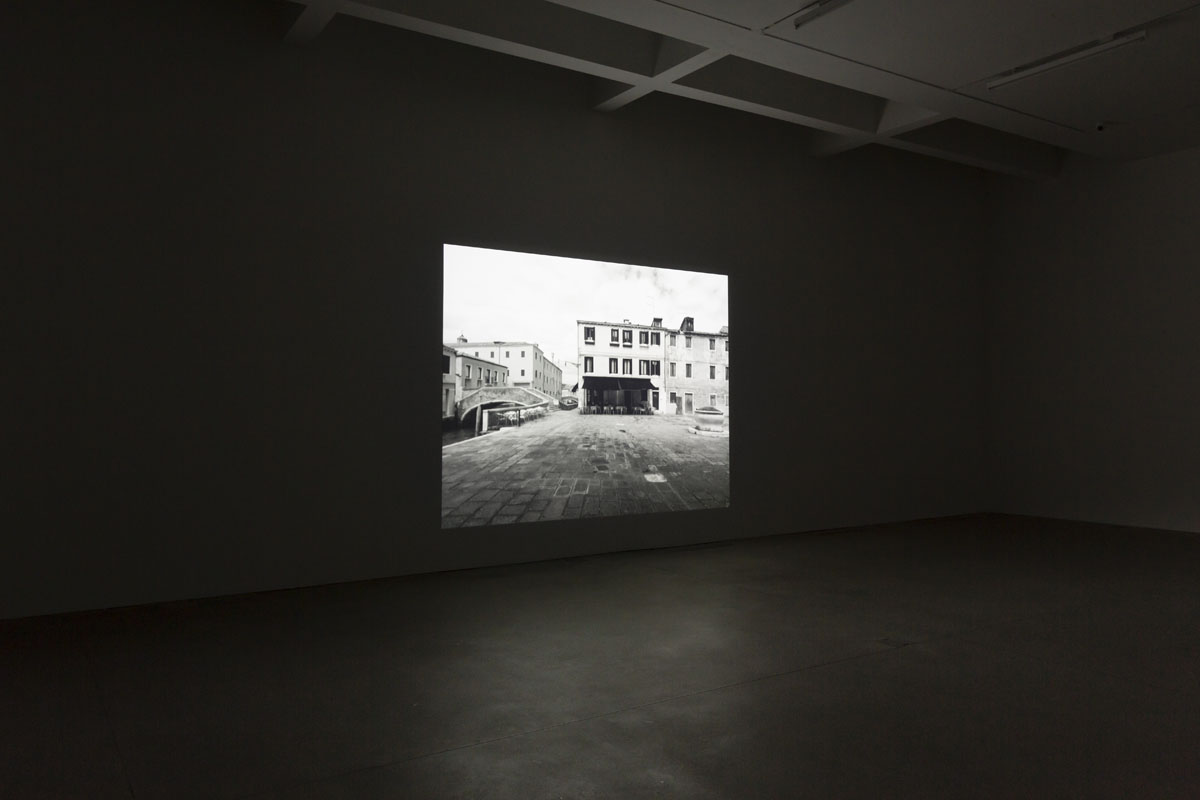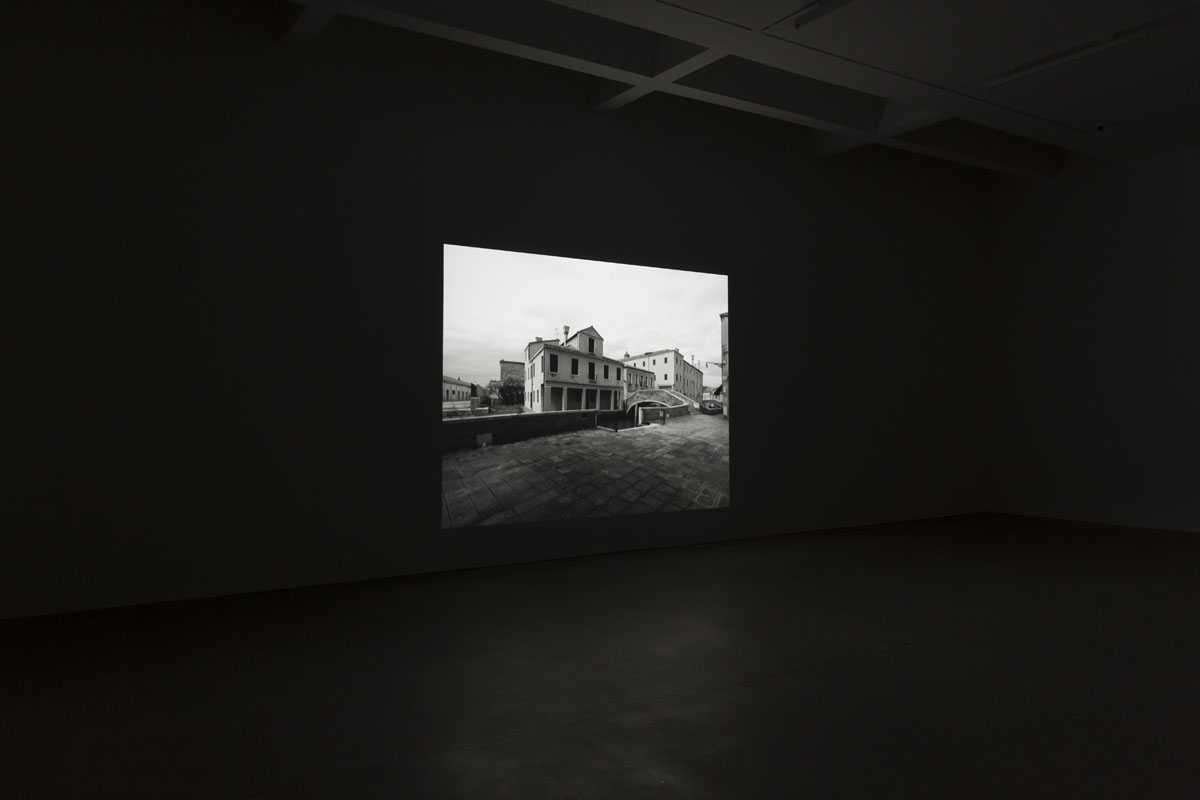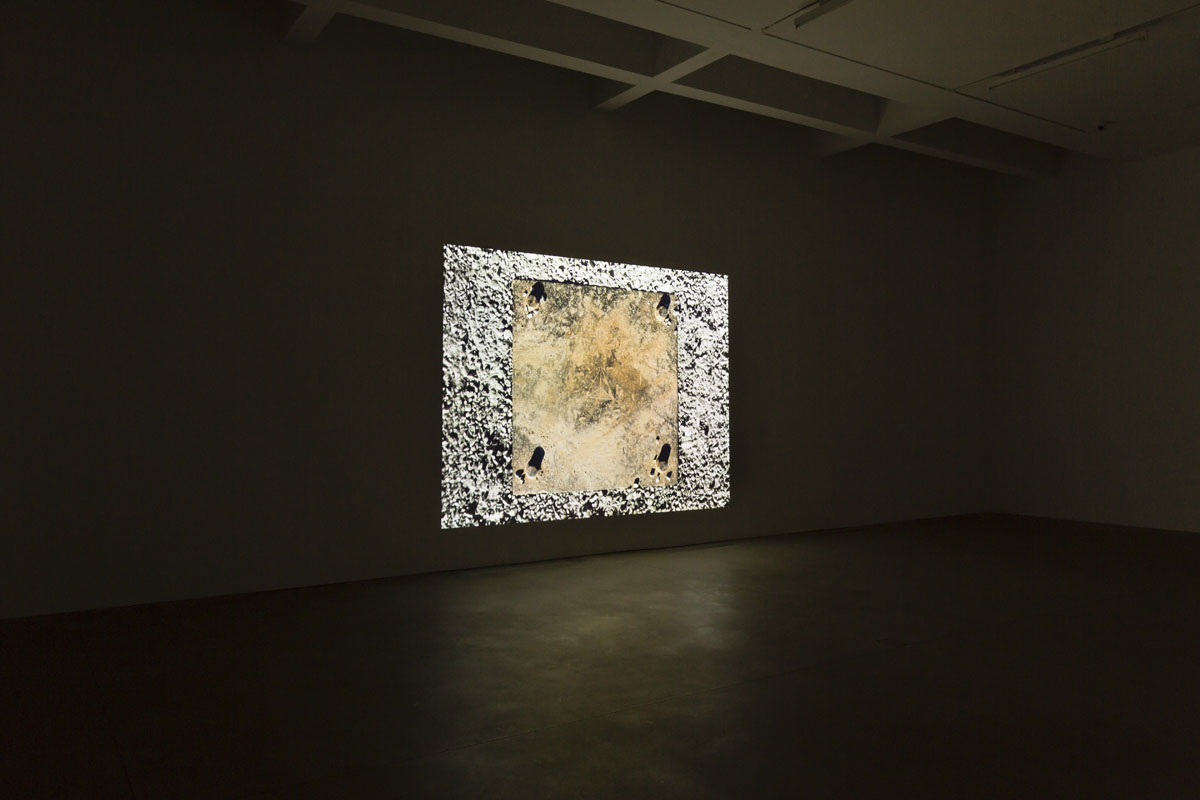Victor Burgin (Sheffield, England, 1941), whose first solo show in Italy was in the spaces of Galleria Lia Rumma in Naples in 1972, is now showing a new creation, The Ideal City, and two historical works, Hôtel Latône (1982) and Solito Posto (2008).
An artist and the author of seminal essays on photography and on the theory of art, since the late sixties Burgin has been developing his artistic research, constantly moving between practice and theoretical reflections. This “third space” (H. Bhabha, 1991), which is the place and outcome of this alternation, has become the deliberately ambiguous, ever-shifting foundation of his work. On each occasion, it may appear in the pages of a book or in a gallery space, and it is much more than a simple act of perception by the viewer. From this perspective, his preferred medium, photography, has acquired various meanings: it has powerfully corroded modernist autonomy and has also made it possible to recreate a link with the real world and to abandon the analytical logic of many conceptual practices.
Burgin’s work has also been influenced by his studies of semiotics, cinema and psychoanalysis. He has investigated and decoded “the agency of the image” in defining the predominant terms of representation.
Invited by Lia Rumma to create a work especially for Milan, Burgin has designed The Ideal City, in which the title is an explicit reference to the Renaissance painting now in the Ducal Palace in Urbino. It is a symbol of the ideal city governed by geometric discipline and perspective, but also where the fascinating mental associations generated by the image lead all the way to the elegant but alienating sequences in Michelangelo Antonioni’s film, La Notte.
